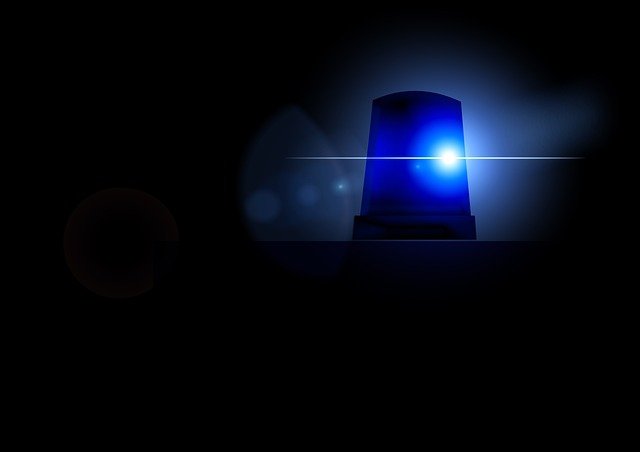 By David Towlson
By David Towlson
So, I’m waiting at the multi-lane junction. Traffic lights on red, bus lane to my left. Traffic backed up for a few hundred yards. There’s a siren – could be an ambulance, police car or fire engine. Possibly late for dinner or maybe even an emergency.
It’s difficult to know precisely where it’s coming from. Eventually I spot it way back. I’m sure everyone’s thinking the same – good luck on getting through that log jam. Cars try to move out of the way but it’s all rather uncoordinated. Rather than a synchronised ballet, it’s a bit random – like two professional men having an altercation – they’ve seen the movies about how you should throw punches, but it just turns into a load of rather unsatisfying pushing and scrambling, because, well, thinking about it and doing it are not quite the same thing.
And so it is with dealing with emergencies. The Highway Code (rule 219) says we should all look out for the sirens and flashing lights of emergency vehicles and, importantly, shouldn’t panic – and especially shouldn’t get distracted and so endanger other road users or pedestrians. Essentially, it says try to anticipate the route it might take and take appropriate action to let it pass. That’s sensible, but obviously, we’ve all got different ideas on the route it might take and what action might be appropriate.
Partly, this is because there could be several routes through a multi-lane traffic jam and partly, because we have different visibility. Now, it is true to say that the emergency services are specially trained but, of course, the public is not. And, as we know, behaviour in emergency situations (or at least situations where decisions are thrust upon you in a very short time frame) changes dramatically if you practice. Practicing is probably not realistic with the public. People try to do the right thing but, sometimes it can make things worse and almost cause an accident. For example, sudden stopping (especially inadvisable on the brow of a hill) or changing lane really doesn’t help. This is especially unnecessary on the opposite side of the road when the road is wide enough for the ambulance to pass by comfortably. But it’s not really their fault – it’s just people only have a vague idea of what to do. There’s some useful advice on various websites (like Sussex Police, for example) but probably not immediately handy – using your mobile device is illegal while driving obviously.
Added to this, the emergency services, quite rightly, have special exemptions under road traffic laws. However, the public do not – they still have to obey the road traffic laws, even as they try to get out of the way. That means, if you run a red light, it’s still an offence, even if you did it for the right reason. The implication is that you should always be able to get out of the way AND still obey the road traffic signs AND keep a watch out. That’s a bit of a constraint on modern, increasingly congested roads – and I’m not sure, during an emergency you can properly rationalise the two in all situations.
I’m not sure anyone’s ever been done for it and, if they did, you’d think you might find an understanding appeal judge, but that’s probably an oxymoron.
Maybe I should invest in a helicopter or just use a bike…..
David Towlson is director of training and quality at RRC International.The Safety Conversation Podcast: Listen now!
The Safety Conversation with SHP (previously the Safety and Health Podcast) aims to bring you the latest news, insights and legislation updates in the form of interviews, discussions and panel debates from leading figures within the profession.
Find us on Apple Podcasts, Spotify and Google Podcasts, subscribe and join the conversation today!


